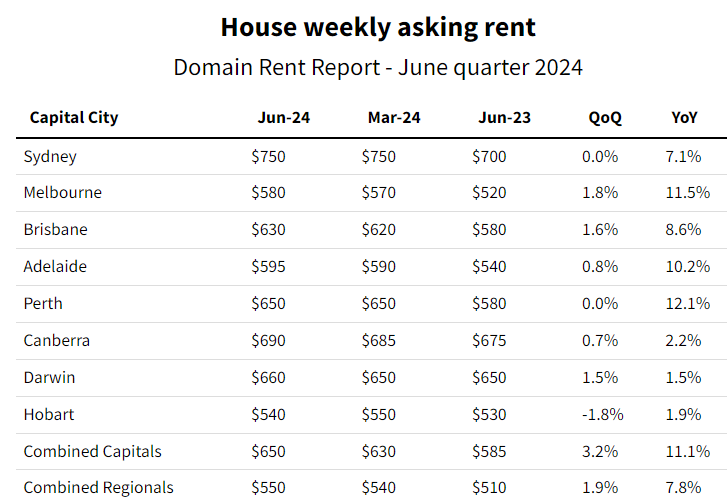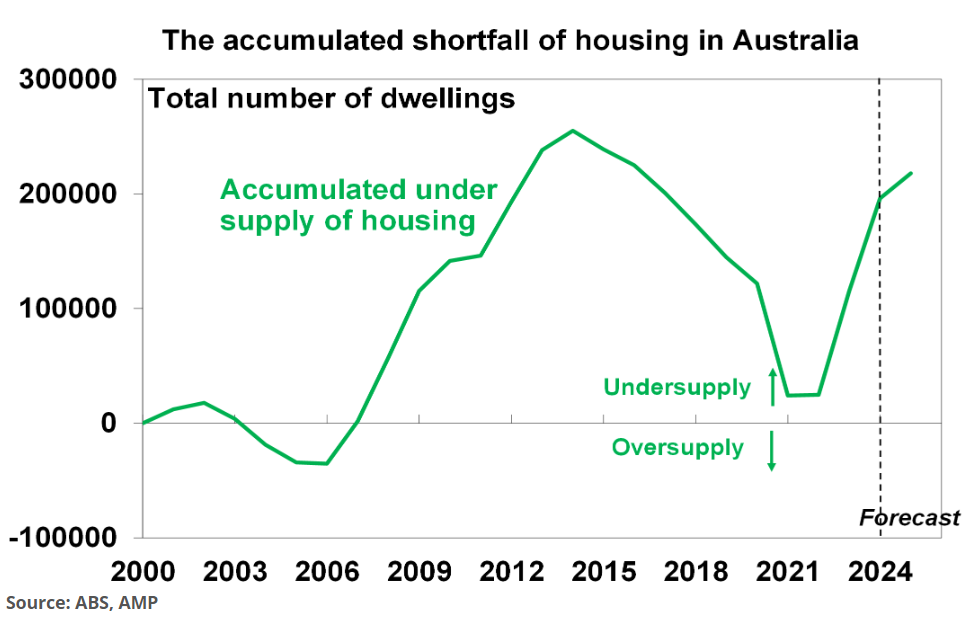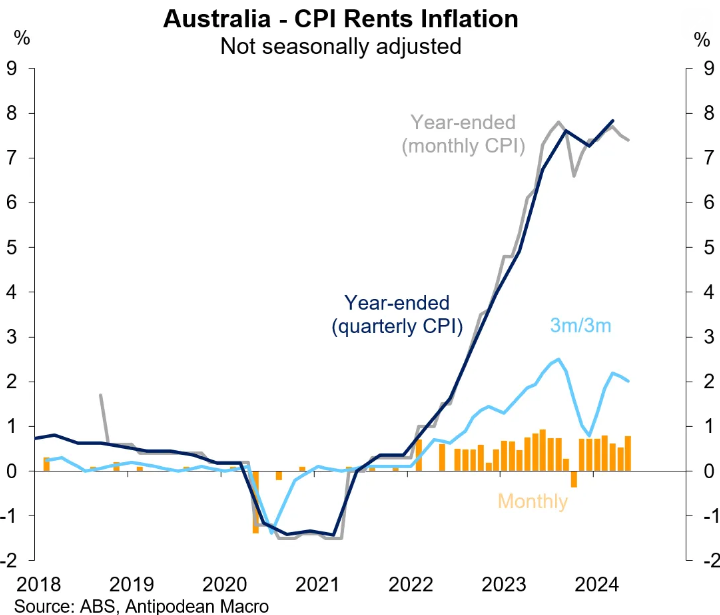Domain released its Q2 Rental Market Report claims that rental prices are “moving in the right direction”, with the “weakest” quarter of growth recorded in at least three years and most capital cities also recording higher annual vacancy rates.

“Rental growth is slowing in line with a gradual increase in rental availability, driven by a rebalancing of supply and demand pressures”, Domain’s rental report noted.
“Rental demand is easing, as the number of prospective tenants per rental listing has consistently fallen throughout 2024. This aligns with overseas migration passing a peak and being expected to decline further in the year ahead, continuing to ease demand with the federal government-introduced migration strategy that will slow population growth”.
“Investors have made a slow comeback, accounting for nearly 36% of new home loans – the highest proportion since 2018”.
Speaking to Sky News, Domain’s chief of research and economics Nicola Powell claimed that “easing migration is not the sole reason rents are slowing, but it is part of the explanation. What happened was more that we had a huge bounce-back of migration into an already tight market”.
“The dream has always been that big Australia, we are so reliant on migration for economic growth and we still do have a skill shortage so it’s hard to see anyone making drastic cuts”.
Powell also pointed to policies aimed at boosting housing supply.
The moderation of rental inflation recorded by Domain was mirrored by CoreLogic, which recorded the lowest monthly rental growth (0.4%) since September 2023. SQM Research has also recorded the weakest quarterly rental growth in several years:

However, PropTrack poured cold water on Domain’s Panglossian view, recording 3.2% rental growth across Australia’s capital cities over the three months ending June, and noting that “conditions for renters deteriorated further”:

PropTrack economist Anne Flaherty also noted that Australia’s strong rental growth was being driven by an imbalance of population demand via net overseas migration with supply:

“The number of people living in Australia increased by 651,300 in 2023. Based on the current average household size of 2.5 people, this implies the need for an additional 260,500 homes. Last year, just 172,900 homes were built. A national shortfall of 87,600 homes”.
“Across New South Wales, just 63% of the new homes needed to match population growth saw construction completed in 2023. The figure was similar in Queensland, where 60% of the new homes required were delivered”.
“Victoria and South Australia fared better, with 75% and 86% of the new homes needed delivered, while Tasmania and the ACT were the only markets to see the number of new homes built exceed what was needed to accommodate population growth”.
Flaherty also warned that ongoing strong population growth (immigration) would continue to make life difficult for Australian renters.
“Unfortunately, population growth is predicted to continue to exceed the number of new homes completed over the coming years, with new dwelling approvals and construction starts sitting at a decade low”.
“This is expected to intensify competition among buyers and renters looking for a home”.
That is why Australia’s rental crisis is far from over.
Even if rental growth moderates, it is expected to stay higher than income growth as long as population demand from net overseas migration continues to outstrip new home building.

As a result, Australia’s structural housing shortage will worsen, putting upward price pressure on rentals and homes to purchase.

As observed by AMP senior economist Shane Oliver last month:
“If the decline in the average number of people per household seen in the last few years is sustained then the accumulated shortfall could be around 300,000 dwellings. Which would be well above where we were before the unit building boom got underway around 2015″…
“The housing shortfall looks like it will get worse before it gets better”.
The rising pressure on rents caused by the shortage will also contribute to Australia’s CPI inflation, as rentals account for approximately 6% of the basket.

It is an inequality nightmare for Australian renters, and it can only be remedied by lowering net overseas migration to a level below the country’s capacity to supply homes and infrastructure.

